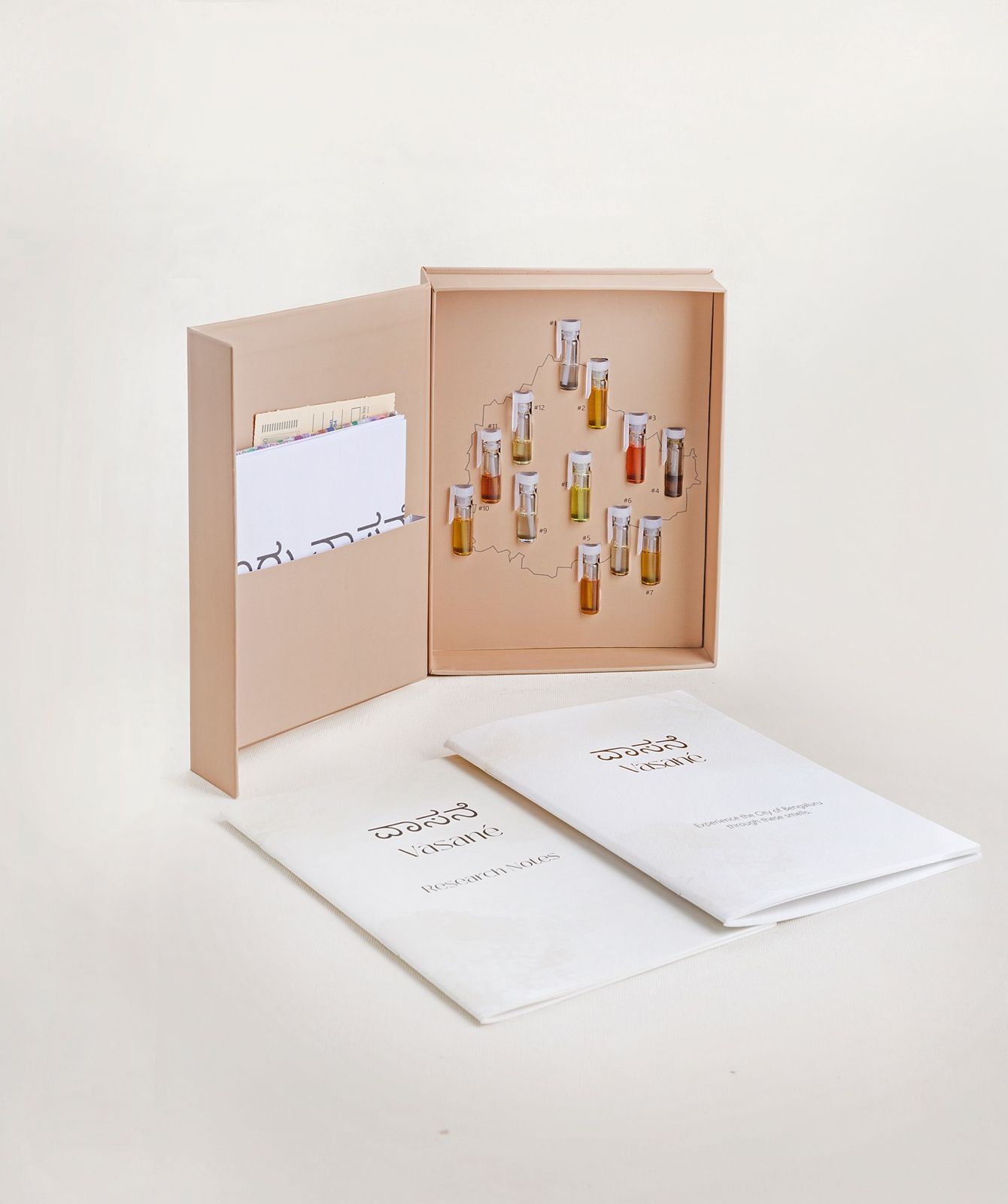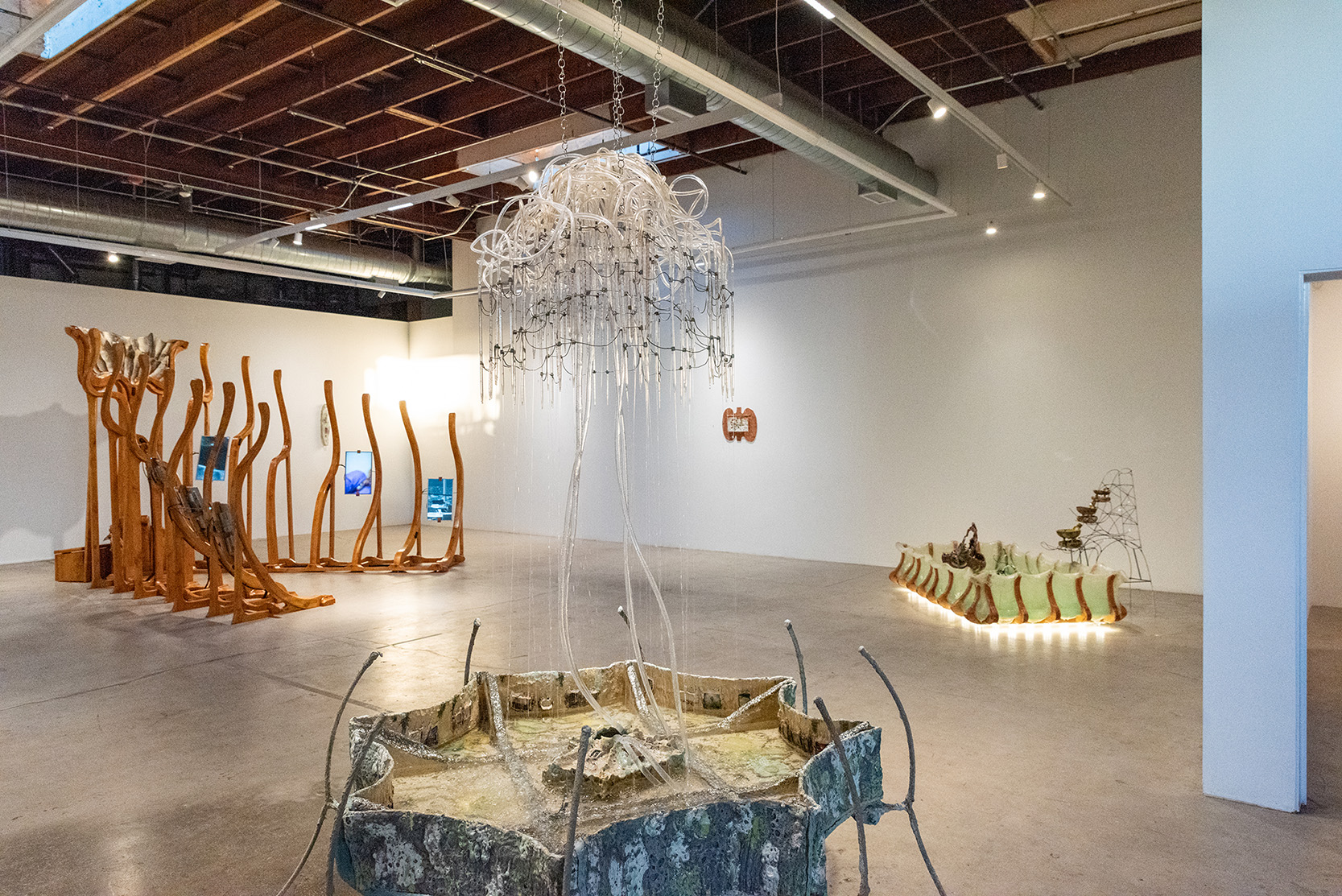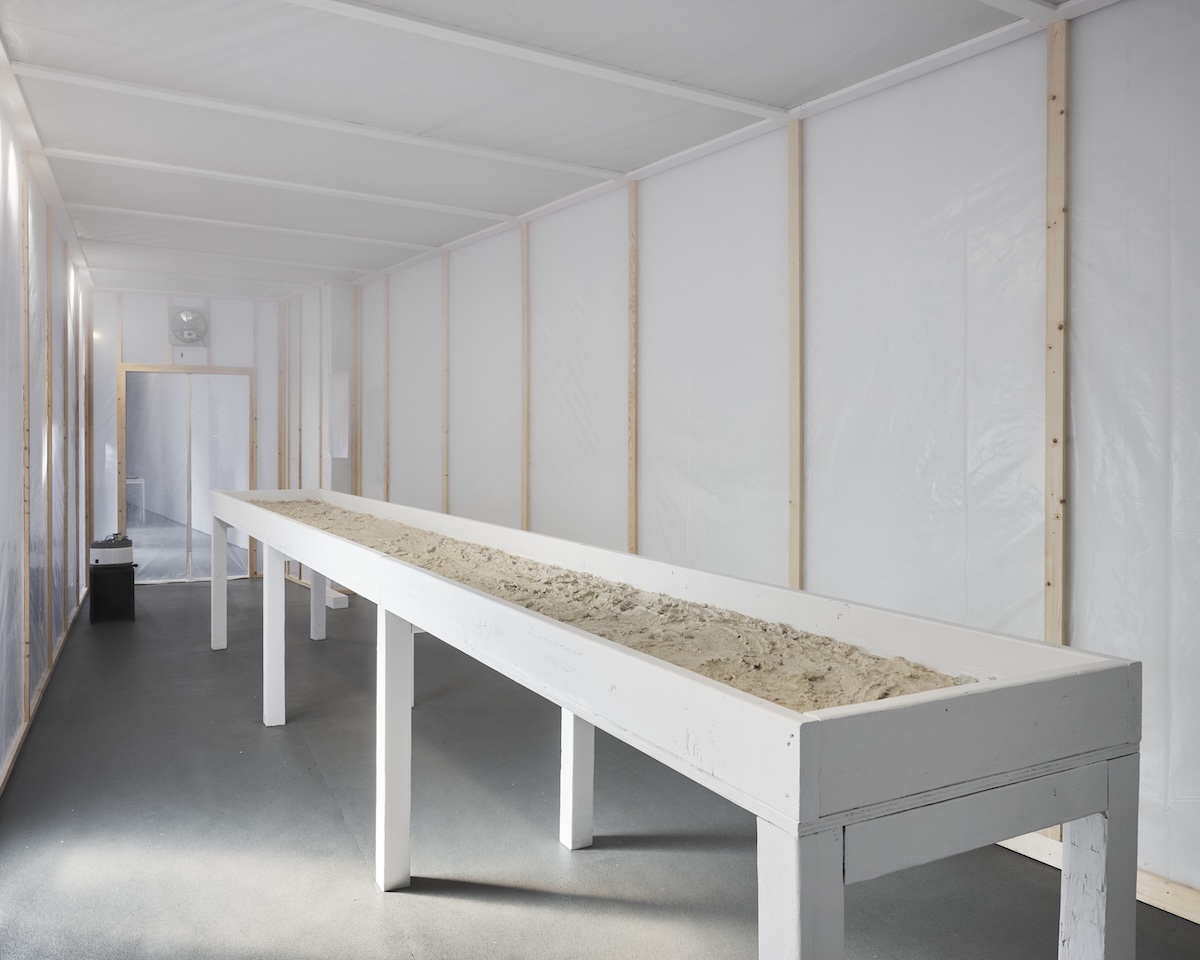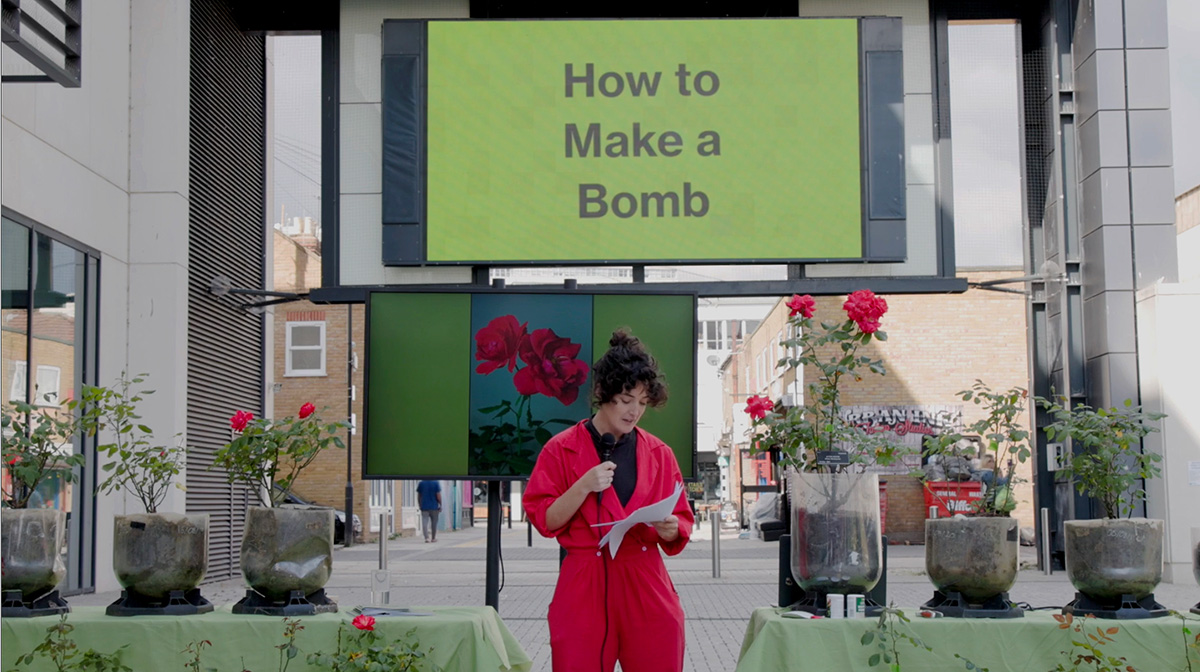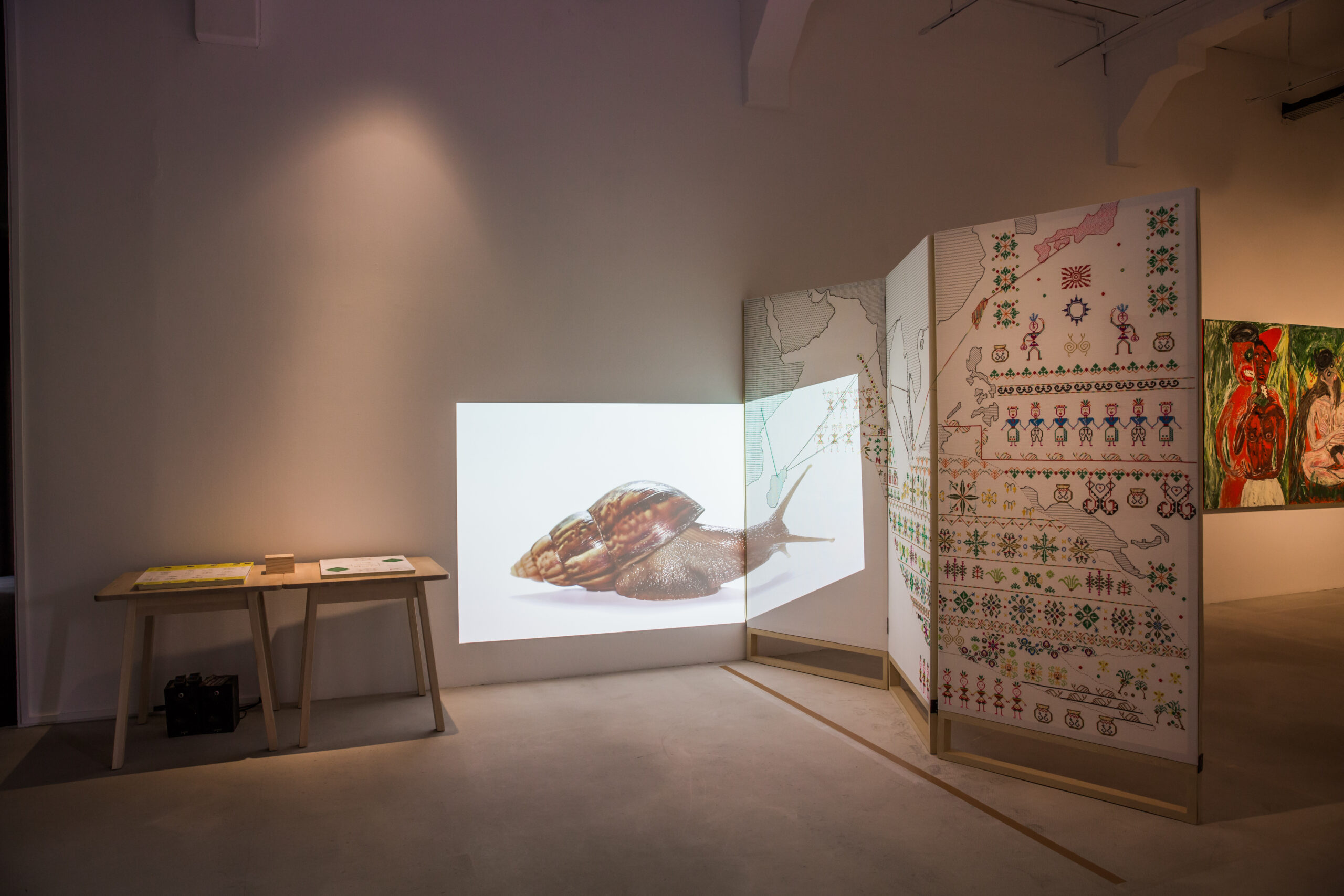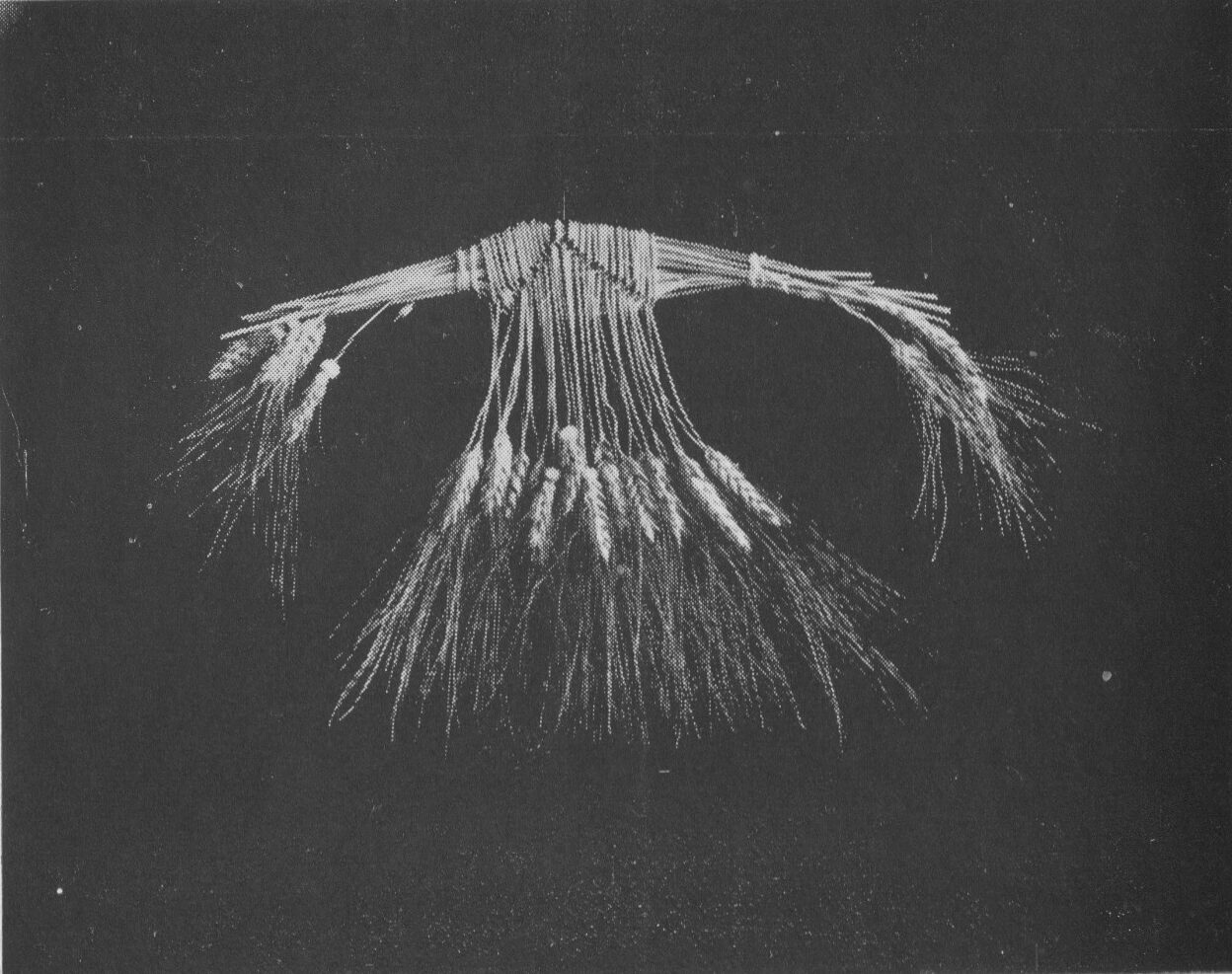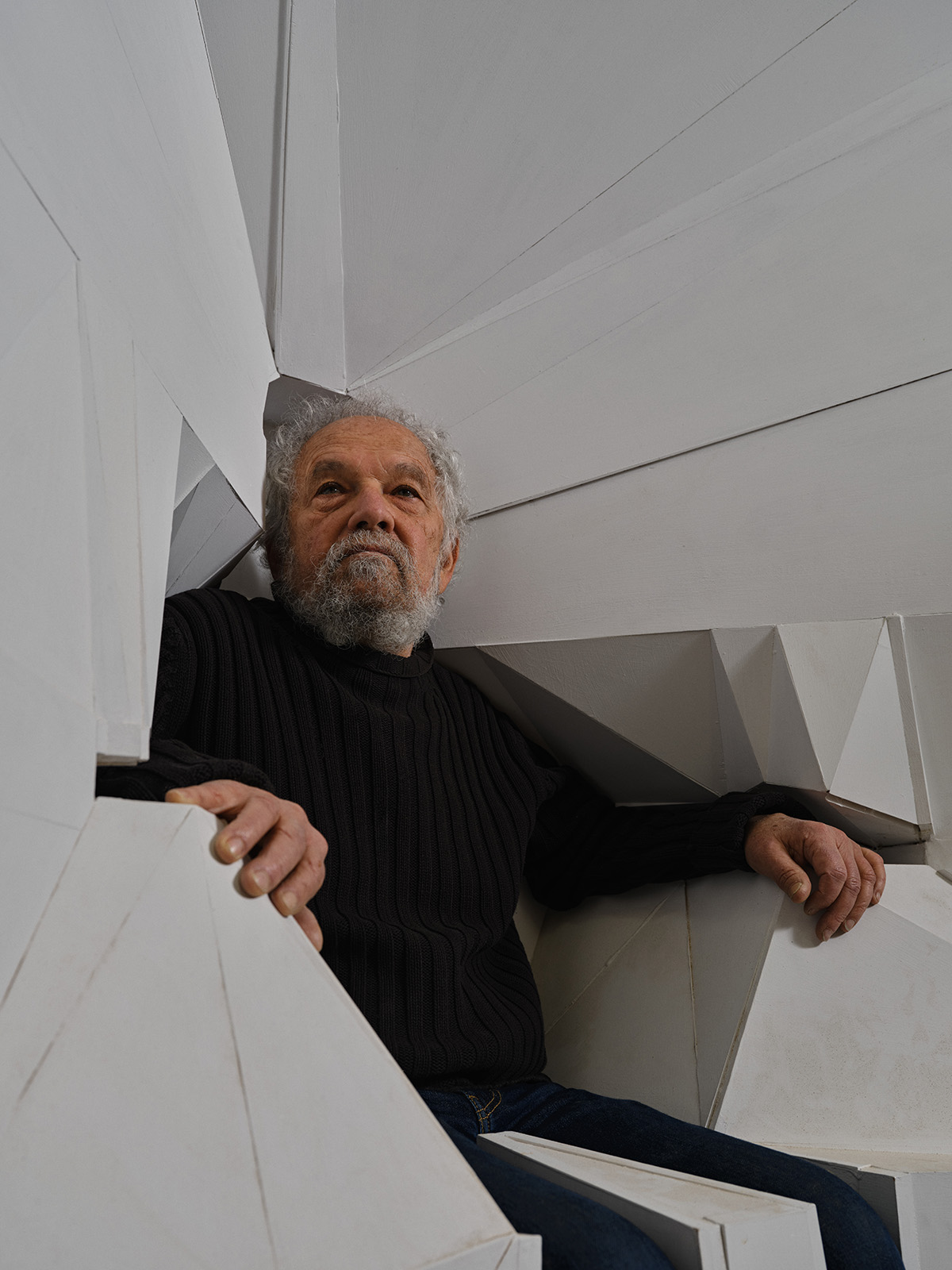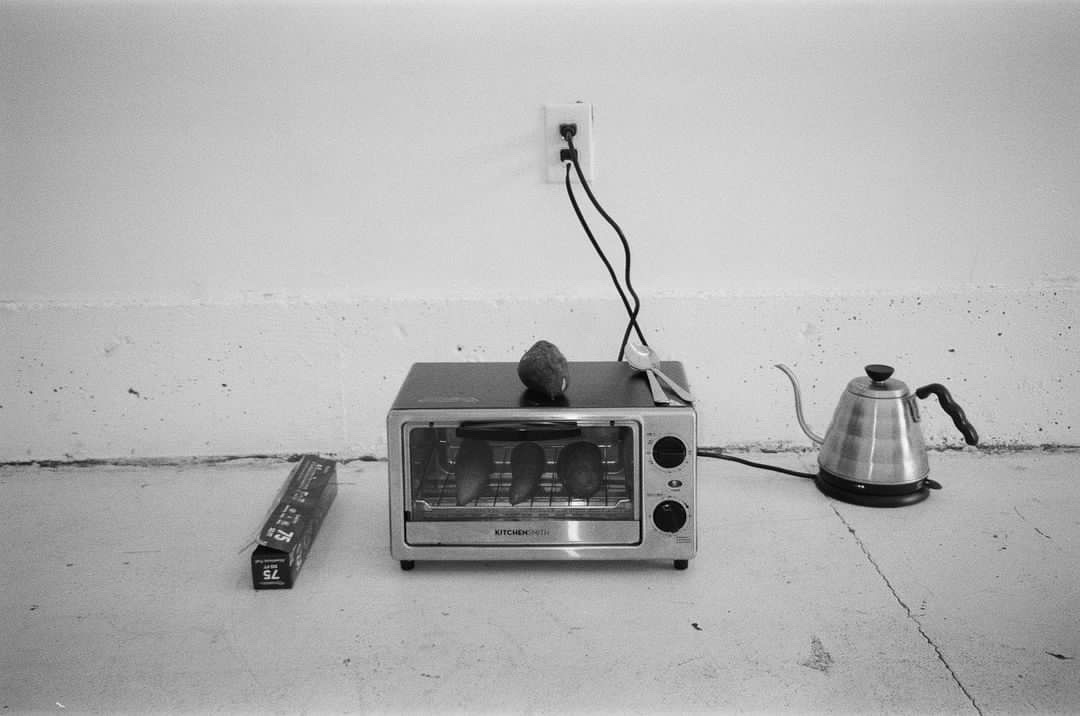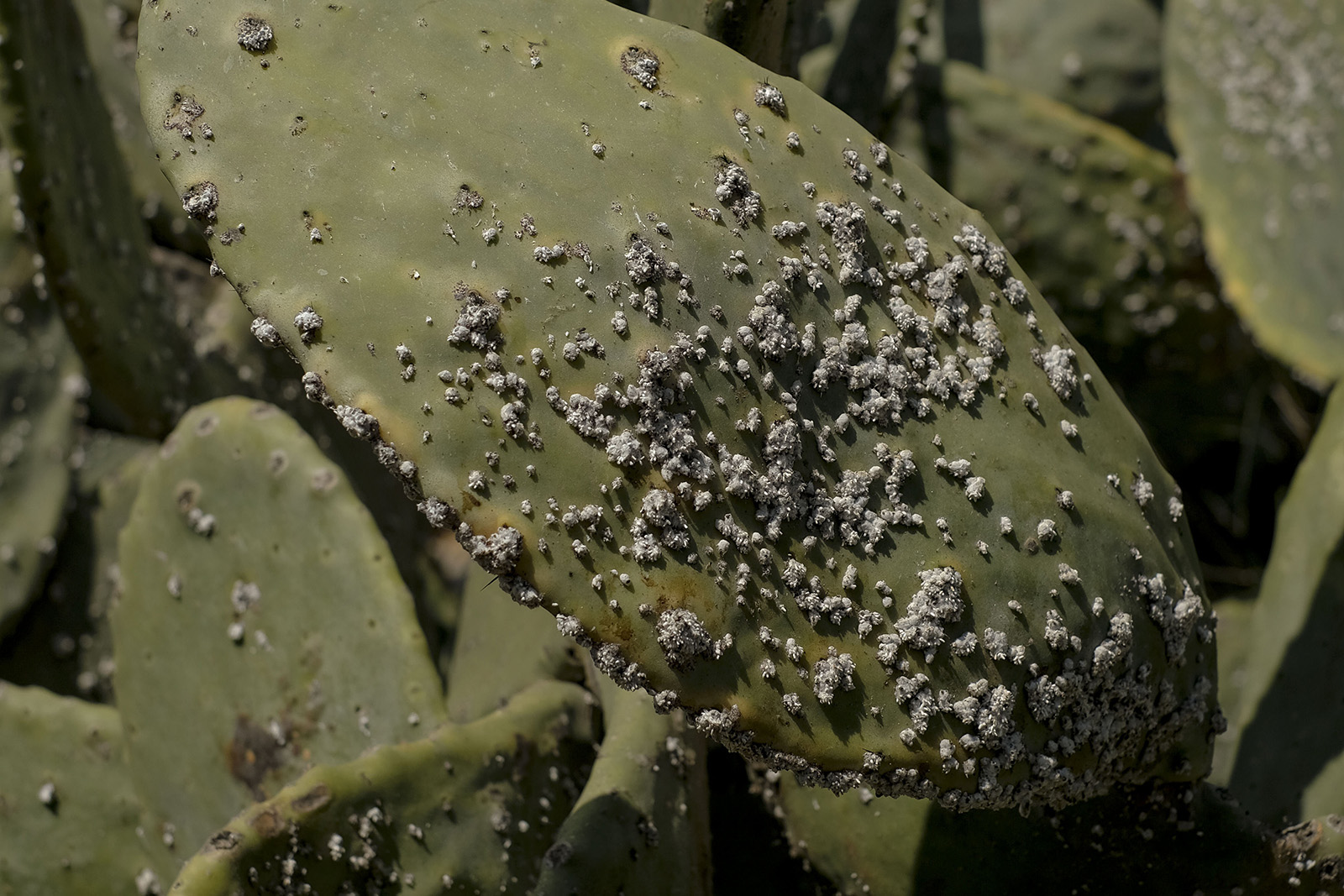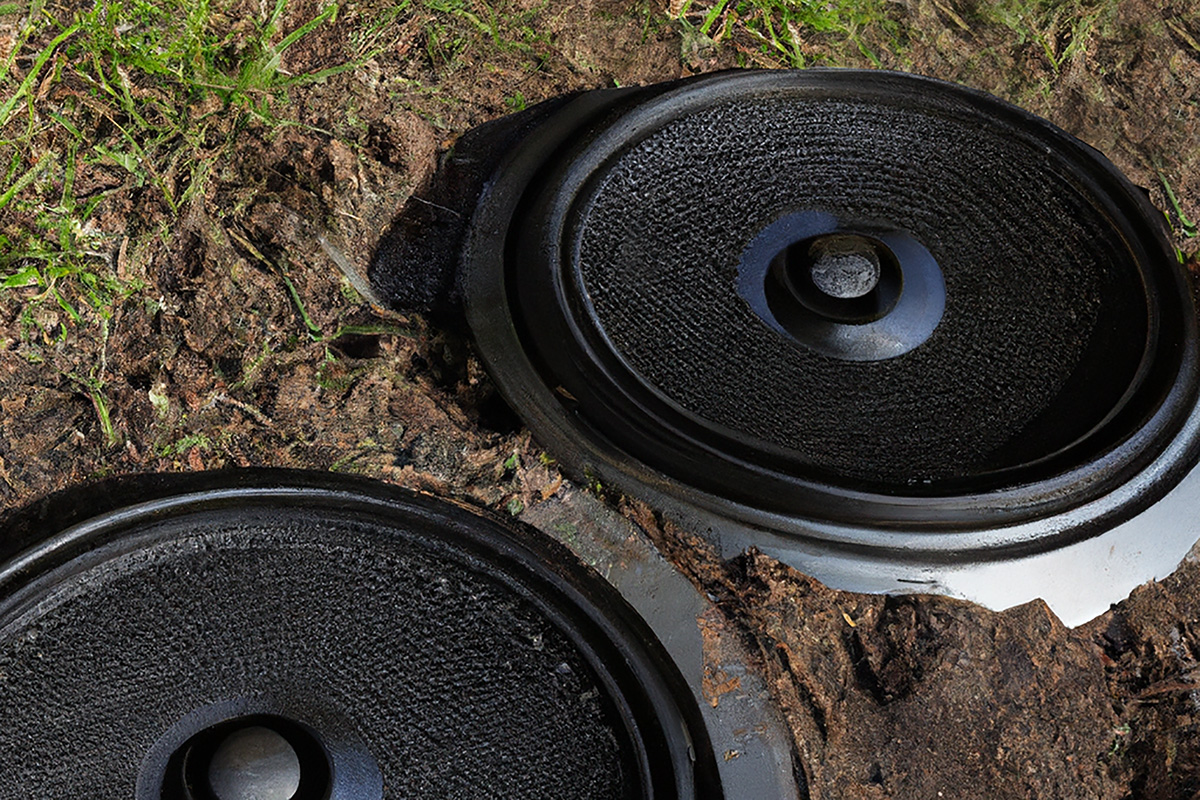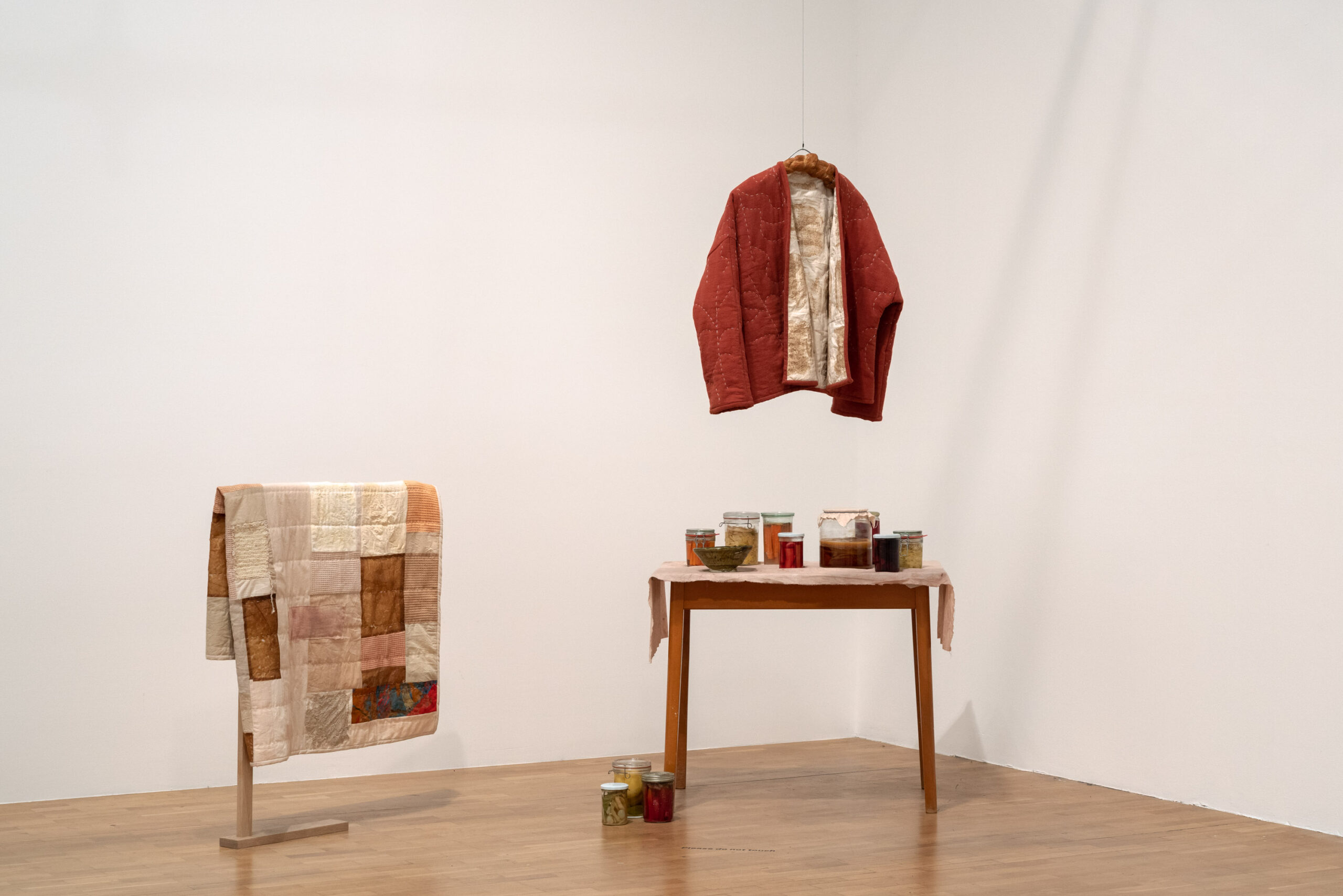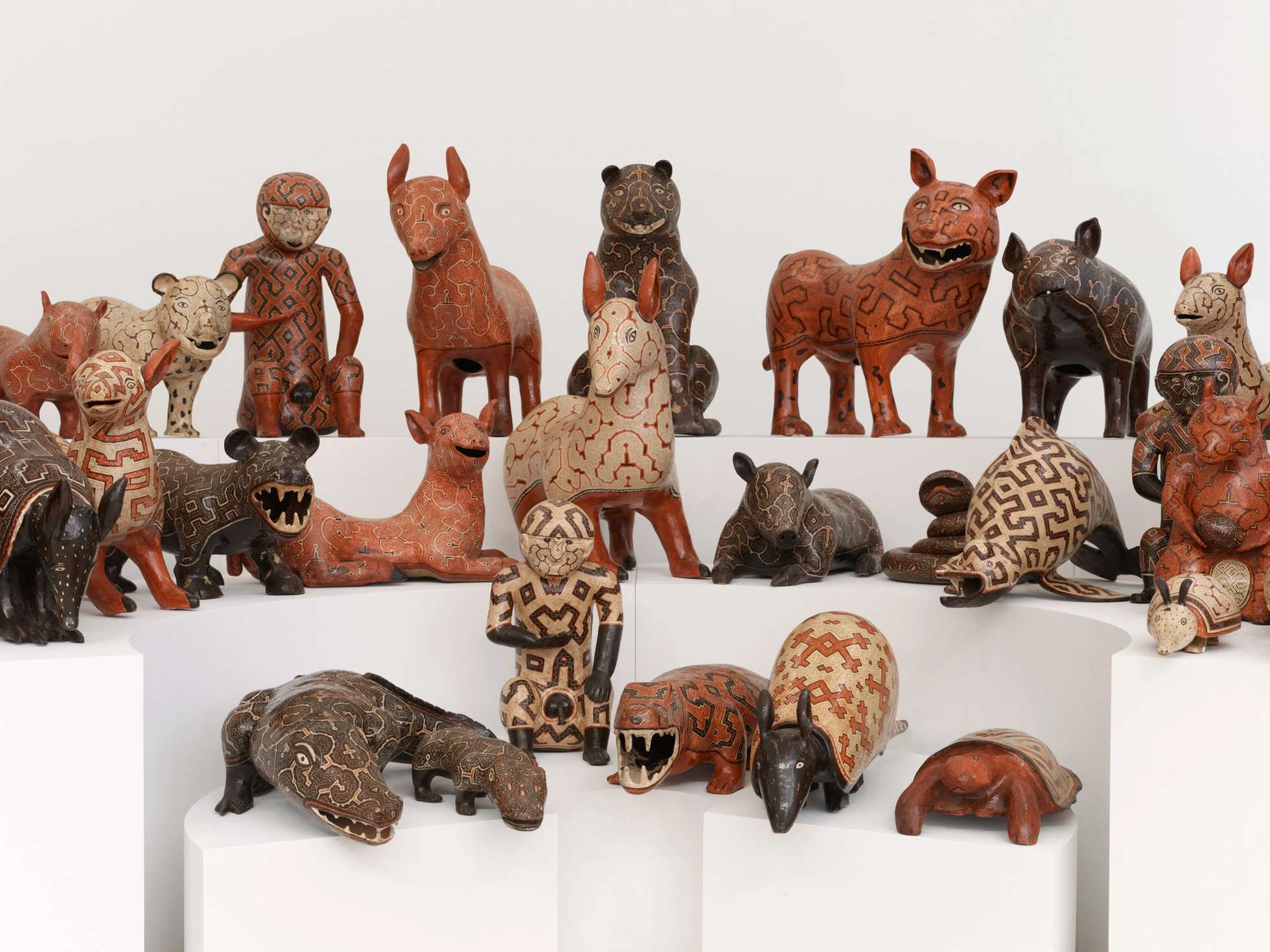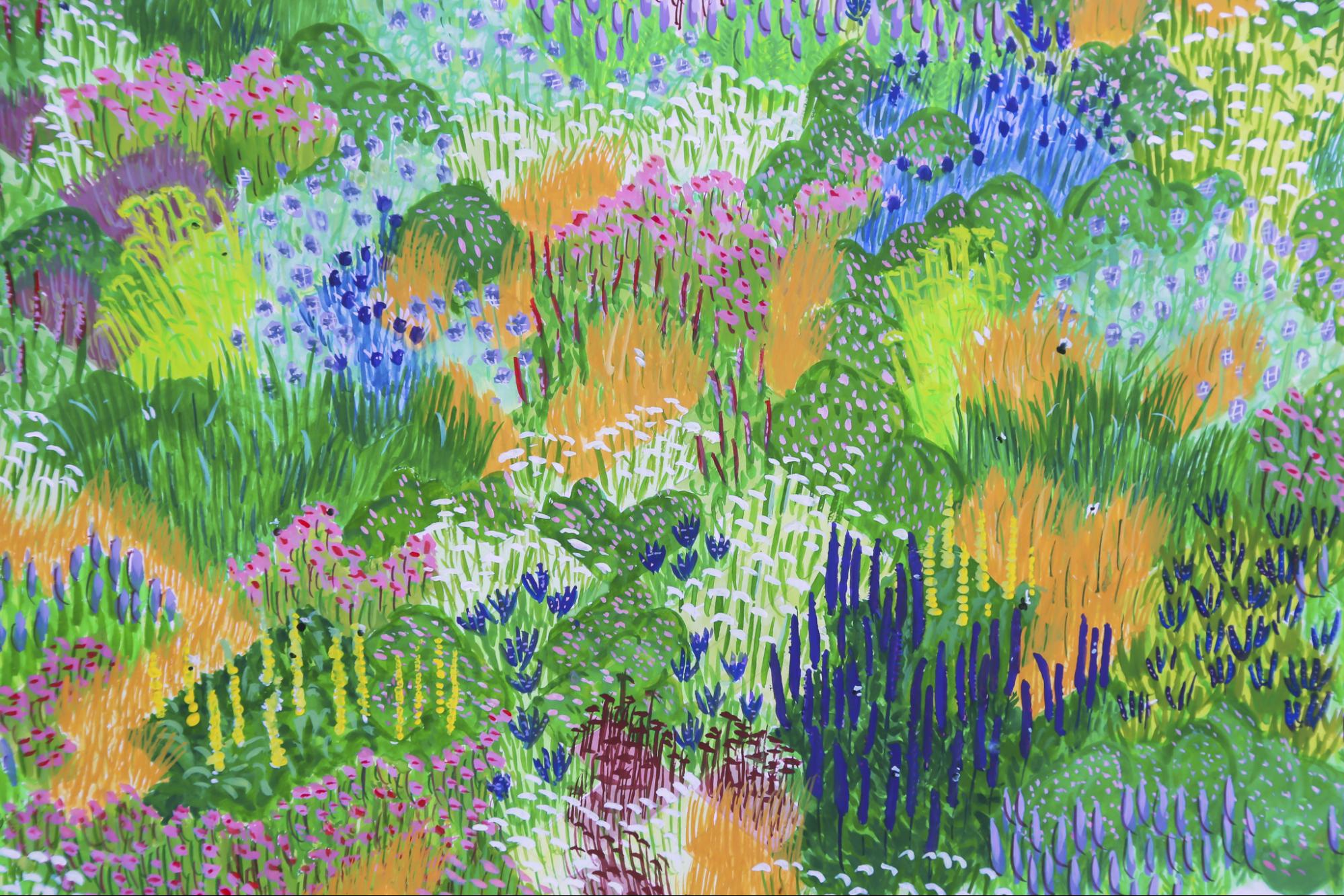Who would you invite to your dream dinner party? Everyone has faces that come to mind when asked who they would like to see across the dinner tables — celebrities, fictional characters, our own family members. But, why not pull up a chair for a different sort of guest, perhaps for the raven or the fox? Or for the field mushroom or a wasp? In a recent exhibition for La Biennale di Venezia, the speculative design studio Superflux, asks just this question. The exhibit entitled, Refuge for Resurgence, is centered around a banquet table, designed and arranged with custom-made wares and cutlery so as to accommodate a variety of different species. The speculation utilizes the symbolism as a hopeful projection of the future—where people may see our earthly cohabitants, just as worthy of our hospitality and community then just the members of our own species. “We must re-frame ourselves from the apex of the ecosystem to a part, like any other.” Says Superflux designer Ed Lewis. Serving as a reminder of the ongoing sixth extinction, the exhibit is an urgent call for a shift in how we design our present and future world that is beyond humans.
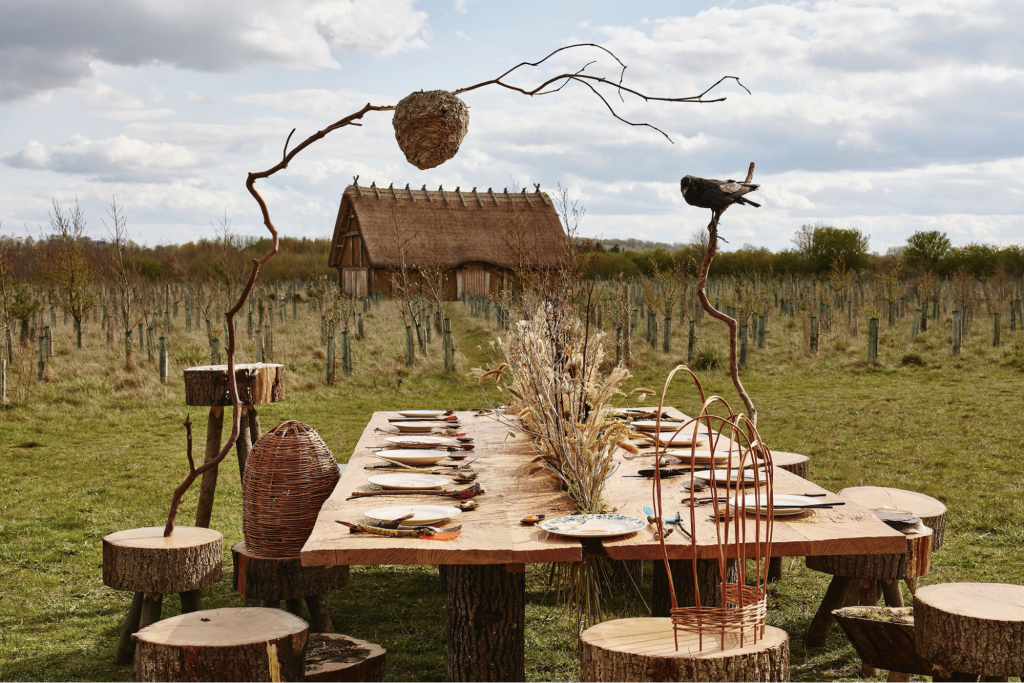
The ecological communion facilitated in the exhibit serves explicitly as a manifesto for a more-than-human future, “founded on equality of the species”. The framing, “more-than-human,” is sometimes attributed to ecological scholar David Abram’s 1996 book, The Spell of the Sensuous: Perception and Language in a More-than-Human World. However, recent use of the term among designers pulls heavily from the works of environmental and feminist scholar Donna Haraway. The more-than-human perspective looks beyond the impact of human action on our own species, and acknowledges the agency of other beings and the entanglements between the human and non-human. “Today, amid a pandemic, this intertwinement of our lives – human, plant, animal – has become more apparent than ever before: our lives trace through other beings, and their lives trace back through ours.” Says Anab Jain, co-founder of Superflux, “In our work we are actively interested in moving away from placing ourselves at the centre of narratives that will aid our understanding of our interdependence, not only with the natural world, but with other non-human entities – the increasingly autonomous computational systems that we have created in order to master the world.”


In Refuge for Resurgence, different species meet at a four meter-long table cut and handcrafted from the wood of a wild oak tree from Surrey, UK. For seating, 14 wooden stools have been custom-made for each creature: a fox, a rat, a wasp, a pigeon, a cow, a wild boar, a snake, a beaver, a wolf, a raven, a mushroom and three people. On display, only a taxidermy raven, wasp and mushroom are in attendance. Each table setting is marked with species-specific cutlery and ceramic plates illustrated by Nicola Ferrao depicting mytho-poetic stories specific to each creature, inspired by folklore and mythologies from different cultures. Much of the material used to make up these place settings and cutlery is sourced from refuse, including brake lights, twigs, bones, and a rusted circuit board. As for the meal, of course the foods found at each seat —algae for the beaver, discarded chicken bones for the rat, a snail for the raven, an acorn for the boar, small bird’s egg for the snake, a walnut on a slice of bread for a person, or a serving of wood for the mushroom—are catered to the individual guest.
At the exhibit in Venice, the banquet table sits in the digital glow of three LCD displays that depict future landscapes. One screen showing a familiar depiction of a flooded city is a reminder that the future is here, now. In addition to the devastation however, there is growth. A separate screen projects an urban environment made green with life and unrestricted to a multitude of living beings. The screens illustrate the fact that the built world that many of us occupy today, stands in dangerous opposition to a vast ecological world that is not only faltering into extinction, but also devastating the habitats so many people rely upon. But also, the screens also serve as a testament to something like hope, suggesting that the capacity for countless multi-species worlds to thrive can still be imagined in the future. “Without the earthworm or the mycelium, the wolf or the bee, we will not have the habitat needed to survive as a species. Without this shift in perspective, no societal transformation is possible,” says Jain.
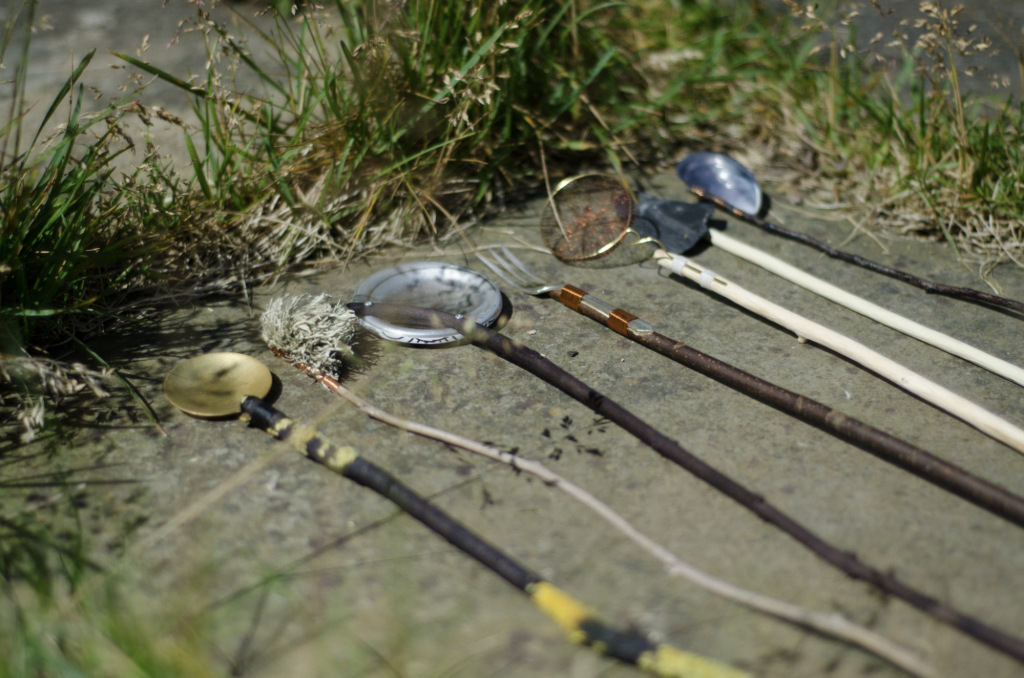
This perspective is a companion to Superflux’s other projects like Mitigation of Shock and Invocation for Hope which all glimpse a future of living that has been sculpted by the climate crisis. Yet with Refuge for Resurgence, the more-than-human communion acts more abstractly than much of their previous work. Rather than focusing so much on the pure mechanics of seating a dozen different species at a dining table, the installation offers a more symbolic imagining of the future. As so many designers, engineers, and scientists are working urgently to find hack our way out of ecological devastation, Refuge for Resurgence examines the ideological and cultural paradigms that must also shift, that we might ever find a more harmonious relationship with the more-than-human worlds around us.





